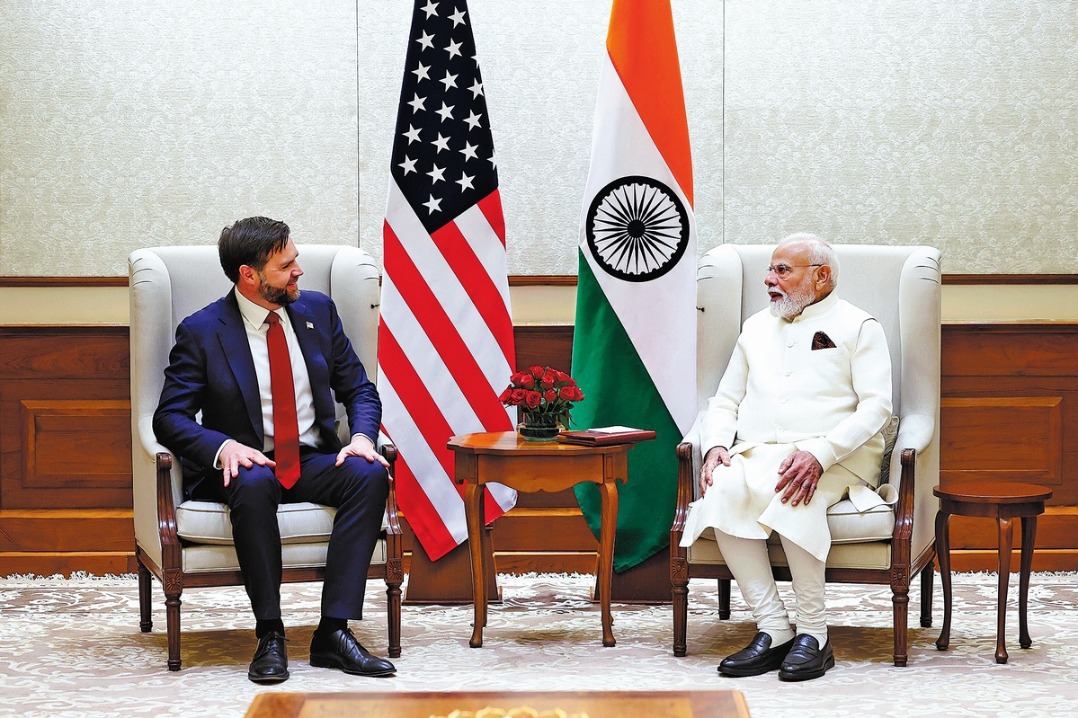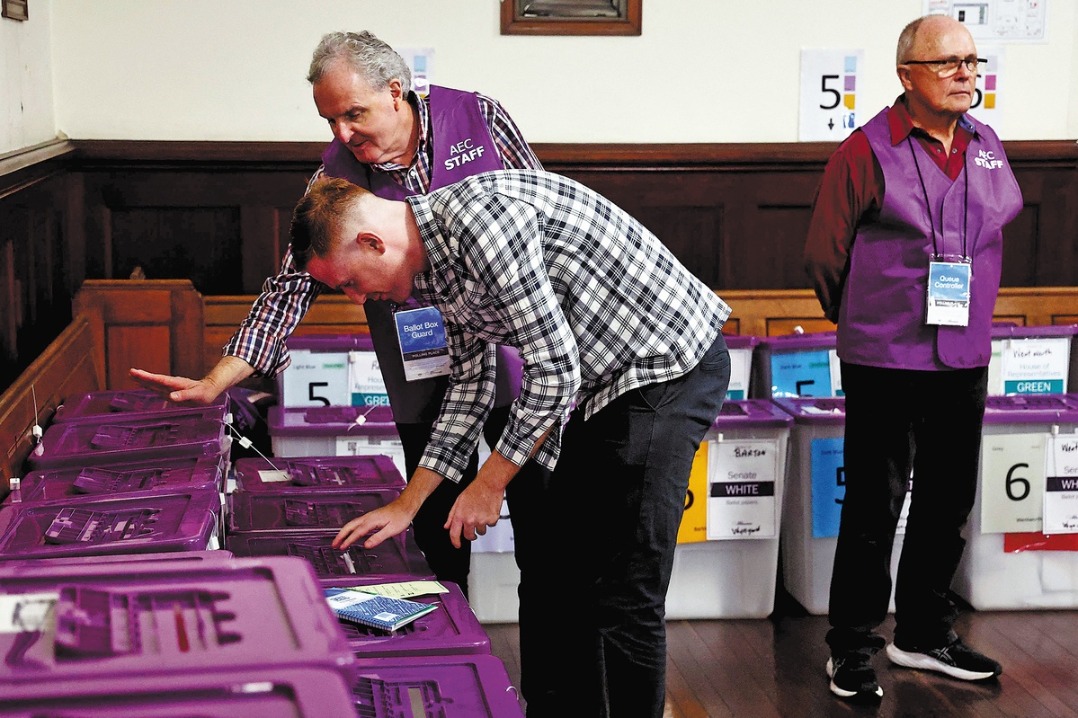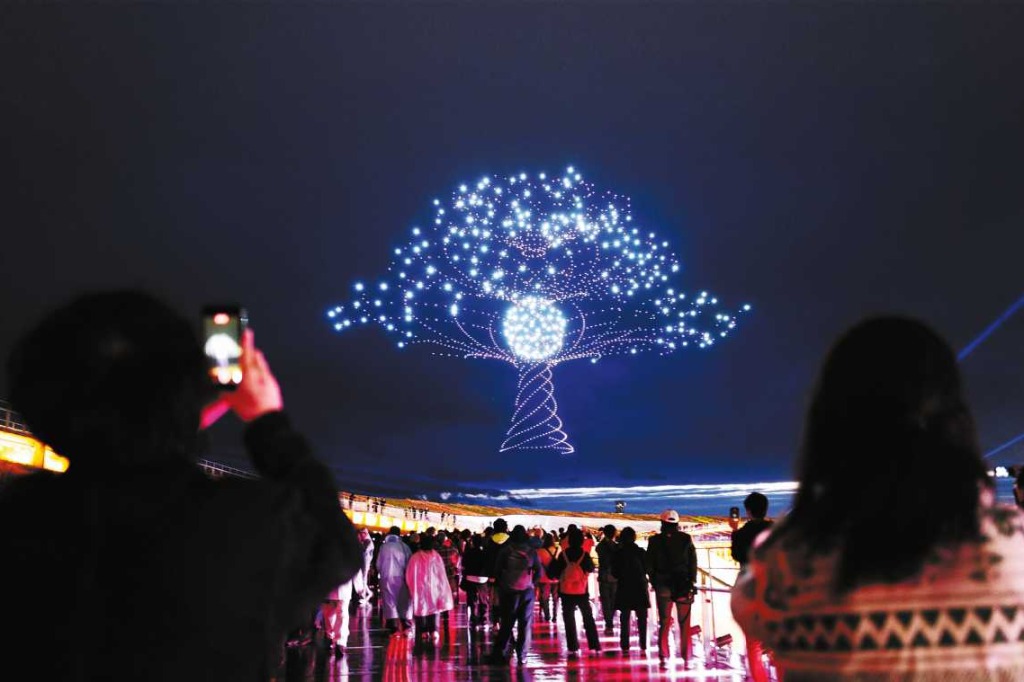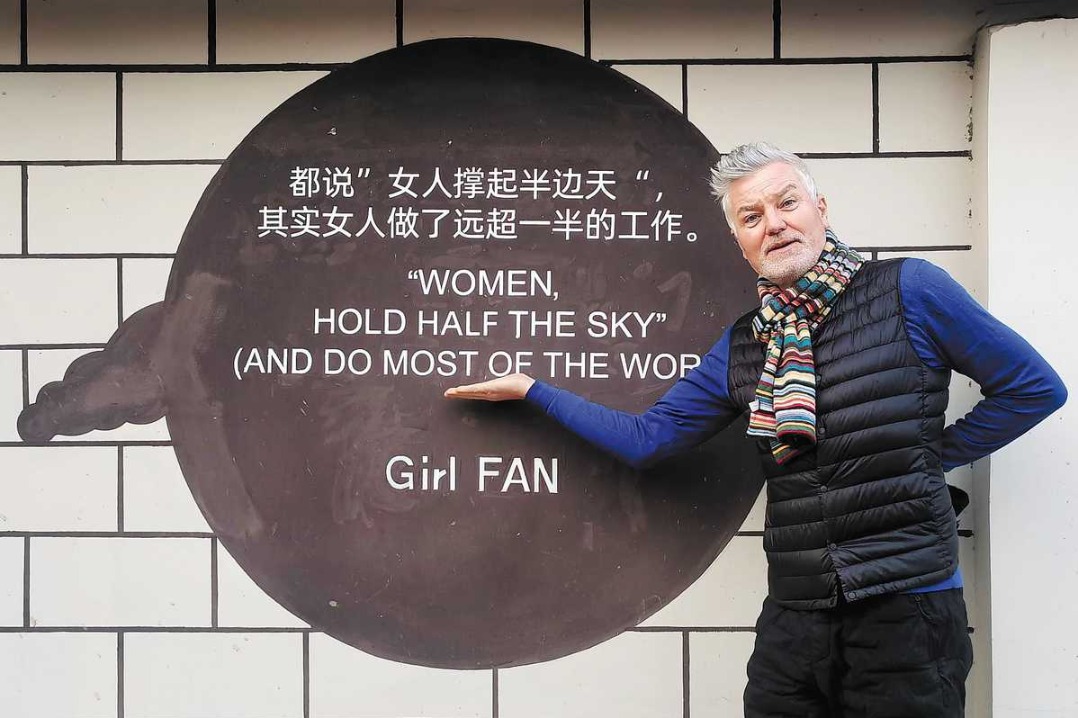Chinese EV technology showcased to world


Streamer and social media sensation IShowSpeed has been a huge hit with Chinese audiences, live streaming chaotic and unplanned showcases of Chinese culture to 38 million live viewers around the world.
In Chongqing, the 19-year-old expressed amazement at the advanced electric cars the country produced, much to the delight of a crowd of onlookers.
The United States teen online sensation was shown a wide variety of vehicles, to the excitement of Chinese onlookers. Vehicles included sports cars that can dance and spin on the spot, and SUVs capable of parallel parking. The live stream that was viewed by nearly 40 million individuals showcased the very best of Eastern technology to a global audience.
Chinese car companies are rapidly competing to become industry leaders, sport saloons, including the Xiaomi SU7 Ultra, boast superfast acceleration times, with the Xiaomi SU7 Ultra named the fastest four-door vehicle in the world after recent race track time trials.
At $70,000, the car is 3 percent of the price of a Bugatti hypercar that moves similarly fast.
While riding as a passenger in a fan's SU7 Ultra, IShowSpeed at one point remarks: "1500 horse power, so this car is faster than my Lamborghini?"
"Unfortunately, yes," replies the man in English, before accelerating at breakneck speed through the streets, the near-silent whining of the electric motor only hinting at the sheer velocity of the vehicle.
But it is not all about how fast you can go. US companies such as Tesla have created expansive supercharger networks that have done a fantastic job of ensuring the convenience of EV infrastructure across many territories.
The uptake of EV technology is vital in reducing global carbon emissions and Chinese companies are contributing to this environmental challenge, with BYD claiming it can now fully charge a car battery in less than 5 minutes. Last month, the company's Hong Kong-listed shares gained 4.1 percent, to hit a record high after the enterprise broke the news, solidifying its already dominant position within the EV industry.
As the world transitions away from fossil fuel and governments issue mandatory EV production quotas on car manufacturers, a huge barrier to entry has been the time it takes to charge vehicle batteries. Implementing charge times comparable to the time it takes to fill a tank of petrol would be an international paradigm shift for the adoption of green technology.
Lower battery costs in the East coupled with substantial government investment has meant the latest generation of batteries have a claimed range of up to 620 miles on charges of less than 30 minutes. Advances in our understanding of nanoparticles within battery chemistry have also meant these batteries can be smaller and still have the same power, meaning lighter vehicles will take the range even further.
Some industry leaders have distanced themselves from the term EV, instead choosing "EIV", with the "I" standing for Intelligent. The change reflects the advanced systems appearing in recent models that had not existed in their petrol ancestors.
Self-driving features, LIDAR sensors, and even water sensors that can detect deep water and turn the vehicle into a floating boat, as is the case with the Yangwang U8, are currently unimaginable to even China's premium international competitors.
Differing cultural landscapes have also helped foster innovation. In the US, self-driving initiatives are widespread in technology hub areas including San Francisco, however public trust and uptake has taken years to build and are subject to strict government safety investigations. In China, regulators have often viewed self-driving technology as statistically safer than cars with human drivers, which can be subject to an unpredictable range of risks, such as sleep deprivation or distraction.
A competitive EV market means global consumers benefit the most from constantly advancing technology. Brands across the world are producing EVs at an unprecedented rate, which is beneficial not just for the environment but for economies, as convenience of travel continues to improve.
Advances within the EV market also carry over to other industries, especially with the improvement in batteries, an area of science previously considered stagnant for many decades. The applications of improved electrical energy storage are not hard to imagine, however IShowSpeed's excited reactions when flying in one of Shenzhen's flying car prototypes bode well for an exciting future.
Barry He is a London-based columnist for China Daily.

































